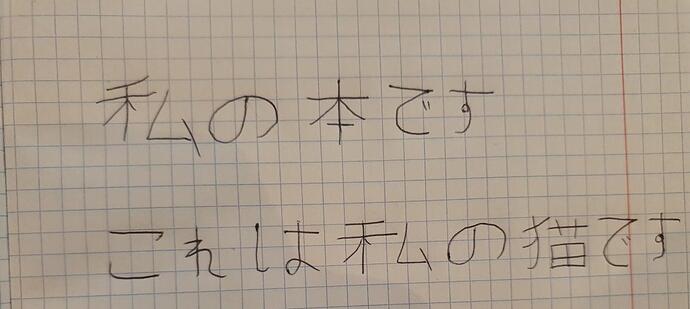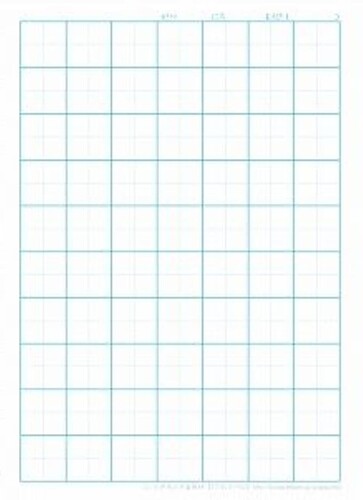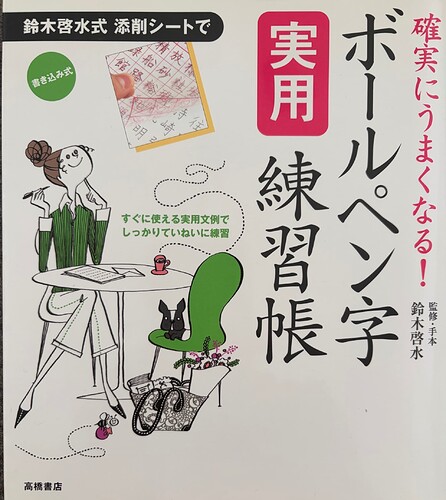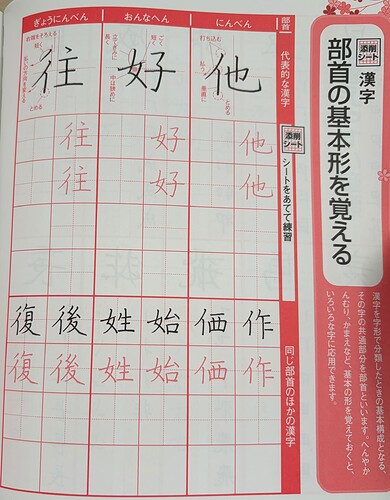Hi,
recently I had to reset my progress on Bunpro. Initially I managed to go through N5 but I noticed that I was struggling a lot with some things I technically should have known. Especially reading kanji was problematic because I never tried to learn to write them, so I was confusing them all the time. I think mnemonics don’t work for me and the only way for me to remember them is to learn each line by writing them over and over again. So I started doing that and I very quickly remembered why I hate writing and drawing. I have terrible hand control, I can’t draw a straight line no matter what. Proportions are also wrong. So at this point I started questioning whether I should continue or stop.
I guess one way to answer this question is to share my progress and ask for feedback. But please, honest feedback. If the lines are wrong tell me. If proportions are wrong tell me. I’m aware of a lot of mistakes I made by writing this two simple sentences yet every time I start to write them I just can’t fix them.
First two sentences: can you guess what’s written? How hard was it to read it? Any feedback? Any tips?
If that is ok I would like to continue this thread and post new images from time to time to get more feedback and check on progress.
Thank you all for help!


 )
)




